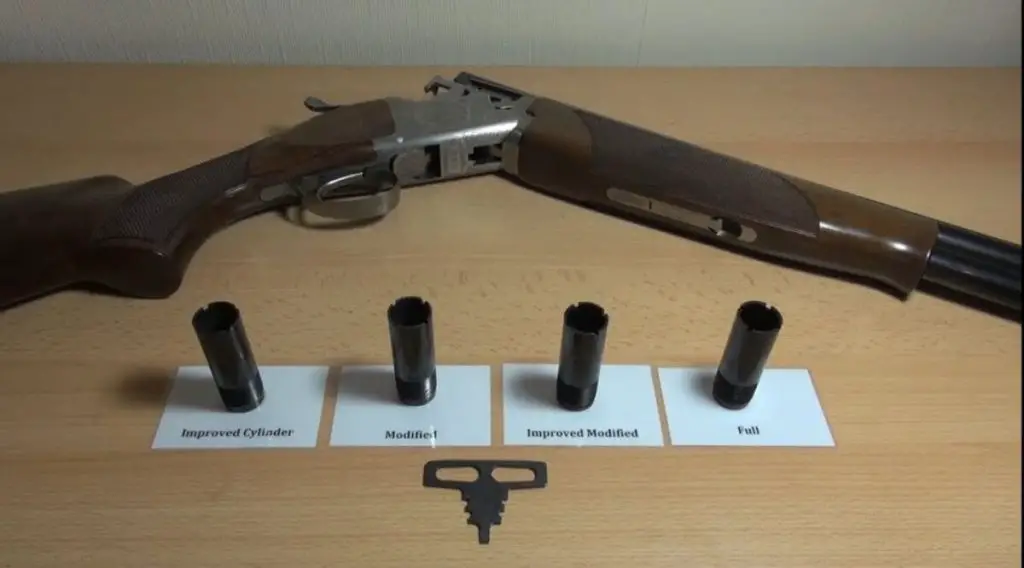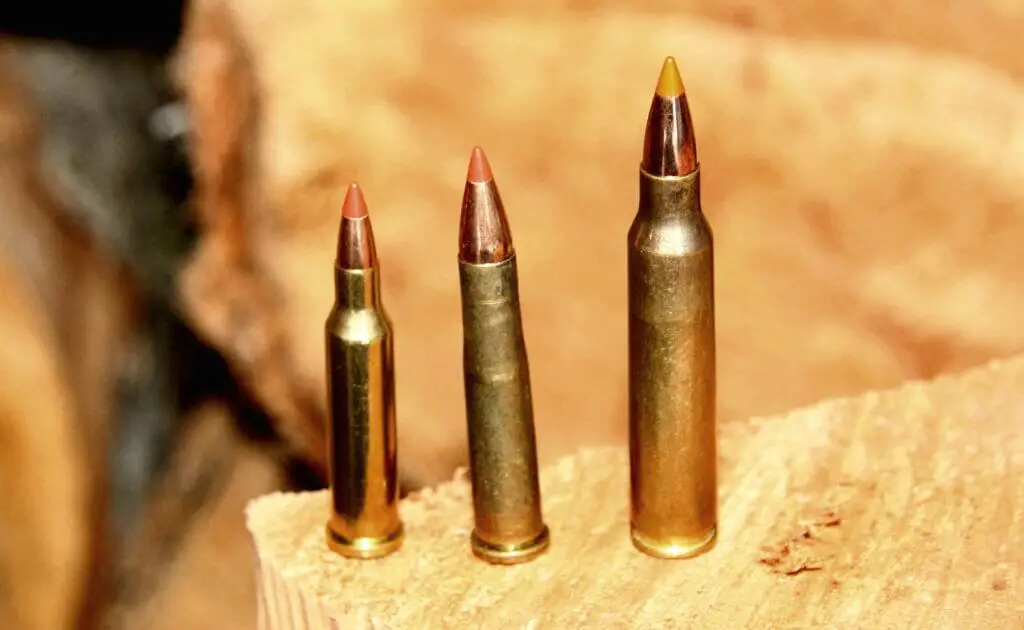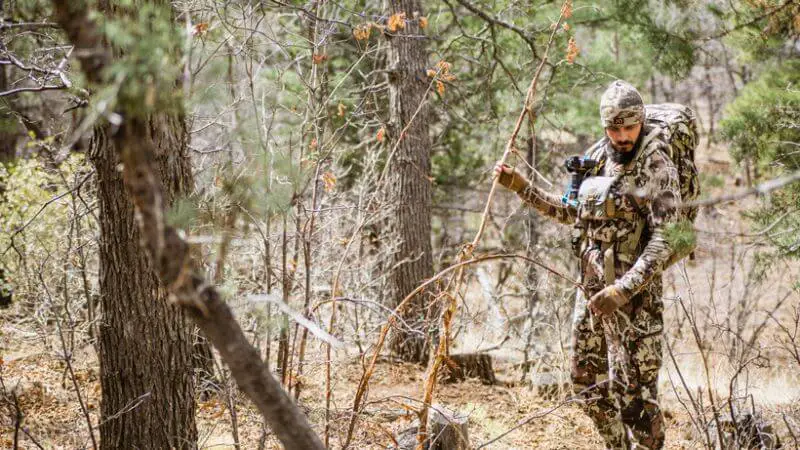As a quintessential part of American firearms history, the .30-06 Springfield cartridge has proven its worth over the years. From military service to big game hunting, it has continuously been the go-to choice for many firearm enthusiasts. In this comprehensive blog post, we will discuss the range of a .30-06, delving into the factors that affect range, the importance of bullet selection, the influence of barrel length, and other considerations for maximizing the range of your .30-06 rifle. By the end, you will gain an unmatched appreciation for the .30-06’s impressive capabilities.
Factors Affecting the Range of a .30-06
The total range of a .30-06 cartridge depends on several factors, which we will discuss in detail below.
Ballistics Coefficient
The ballistics coefficient (BC) is a numerical value that represents a bullet’s ability to overcome air resistance in flight. Bullets with higher BCs are more streamlined and efficient in flight, resulting in less drop, drift, and velocity loss over distance. Therefore, a .30-06 round with a high BC will generally have a longer effective range than one with a low BC. Many bullet manufacturers provide the BC of their projectiles to help you compare their performance.
Muzzle Velocity
Muzzle velocity refers to the speed at which a bullet leaves the barrel of the rifle. Faster muzzle velocities contribute to flatter trajectories, as the bullet will be less affected by gravity and air resistance over distance. Different .30-06 cartridges utilize different powder loads and bullet weights, resulting in a range of possible muzzle velocities for this caliber.
Weather and Environmental Factors
Weather conditions, such as temperature, humidity, and wind, can play a significant role in determining a bullet’s range. For example, colder temperatures can increase air density, causing increased bullet drag and a reduction in range. Wind can also affect bullet trajectory, causing sideways drift or vertical lift, depending on the direction and strength of the wind.
The Importance of Bullet Selection
Choosing the right bullet can significantly impact the performance of your .30-06 rifle. With different bullet types and weights available, you can tailor your ammunition choice to the specific needs of your shooting application.
Weight Consistency
The weight of a bullet can drastically influence its velocity and energy, which in turn affects its range. Uniform bullet weight is critical for achieving consistent results across a variety of distances. A lightweight bullet generally has a flatter trajectory and less recoil, while a heavier bullet better retains energy and offers better penetration.
Bullet Type
The .30-06 offers a broad selection of bullet types designed for different applications. Some popular choices include:
1. Full Metal Jacket (FMJ): These bullets are typically used for plinking or target practice as they are relatively inexpensive and widely available. FMJ bullets may not have the best BC or terminal performance compared to other options.
2. Soft Point (SP) and Hollow Point (HP): These hunting bullets expand upon impact, maximizing energy transfer and terminal performance. They generally have better BCs than FMJ bullets, resulting in improved range and accuracy.
3. Boat-tail: These bullets have a tapered rear end designed to reduce drag and increase BC. Boat-tail bullets come in a variety of styles, such as hollow point boat-tail (HPBT) and soft point boat-tail (SPBT), offering improved range and accuracy for hunting or target shooting.
How Barrel Length Influences Range
The length of a rifle’s barrel can impact the performance of .30-06 cartridges, specifically through its effects on muzzle velocity and accuracy.
Barrel Length and Muzzle Velocity
Longer barrels typically provide increased barrel time for powder to burn, which can result in higher muzzle velocities. A higher muzzle velocity generally equates to a flatter trajectory and increased long-range performance. However, the benefits of increased barrel length plateau at a certain point due to diminishing returns.
Barrel Length and Accuracy
While some shooters believe that longer barrels provide increased accuracy, this concept is not universally agreed upon. In reality, the perfect barrel length for a .30-06 rifle ultimately comes down to individual preference and factors such as weight, balance, and overall rifle handling.
Maximizing the Range of Your .30-06 Rifle
To achieve optimal .30-06 performance at long range, consider the following aspects of your shooting system.
Scope Setup and Adjustment
For long-range shots, a high-quality scope with precise adjustment capabilities is essential. Make sure your scope is level and securely mounted to avoid inconsistencies in bullet drop or wind drift adjustment.
Shooting Form and Technique
Proper shooting form is crucial for consistent long-range accuracy. Pay attention to your body positioning, trigger control, and follow-through to ensure you are delivering a stable and repeatable shot.
Range Confirmation and Zeroing
To maximize your .30-06 rifle’s range, it’s crucial to know the true distance to your target. Using a rangefinder to confirm distances and adjusting your scope accordingly can help improve long-range performance. Additionally, regularly zeroing your rifle at a known distance will help maintain precision and consistency.
Data Collection and Environmental Awareness
Keeping detailed notes on your shooting sessions, including distance, weather conditions, and ammunition choice, allows you to make educated adjustments and tailor your shooting setup for peak performance. By understanding how your .30-06 rifle performs in various conditions, you can better predict its capabilities at extended ranges.
In conclusion, the .30-06 cartridge is a versatile and powerful option that can be adapted to a wide range of shooting disciplines. By understanding the various factors that influence range, making thoughtful bullet choices, and refining your shooting technique, you can maximize the overall range and performance of your .30-06 rifle.
Frequently Asked Questions
Is 30-06 long range?
Yes, the 30-06 is considered a long-range cartridge. While its effective range depends on the skill of the shooter and the specific ammunition being used, it is generally capable of accurate shooting at distances between 600 to 800 yards. Some skilled long-range shooters have reported accurate shots beyond 1,000 yards, and it has been an effective round for hunting and competitions.
How far does a 30-06 bullet drop at 300 yards?
A 30-06 bullet’s drop at 300 yards depends on the bullet weight, ballistics coefficient, and muzzle velocity. For a standard 150-grain bullet traveling at approximately 2,900 feet per second, the typical bullet drop would be about 12 inches at that distance. However, different types of ammunition will have different ballistic properties, so the exact drop may vary.
Is 30-06 better for long-range than 308?
Both 30-06 and 308 are effective long-range cartridges, with slightly different characteristics. The 30-06 is known for slightly higher velocities, and it can handle heavier bullets, which can help maintain accuracy at long distances. On the other hand, the 308 has less recoil and is generally more affordable in terms of ammunition prices. Both rounds are viable options for long-range shooting, and the choice largely comes down to personal preference and intended use.
What is the grain range of a 30-06 bullet?
The grain range of a 30-06 bullet typically falls between 110 and 220 grains. However, the most common bullet weights are 150, 165, and 180 grains. The shooter’s choice of grain will depend on their intended use, such as target shooting, hunting game, or long-range precision shooting, as well as their firearm’s rifling twist rate and comfort with recoil.
What is the maximum effective range of a 30-06?
The maximum effective range of a 30-06 is considered to be around 800 yards, but it can vary depending on numerous factors. These factors include the bullet’s characteristics, the shooter’s skill and knowledge in adjusting for wind and elevation, and the type of target being engaged. Some experienced long-range shooters have been able to extend the range further, beyond 1,000 yards, but this is not typical.
What type of game is the 30-06 suitable for hunting?
The 30-06 is a versatile hunting cartridge and is commonly used for a variety of North American game. With proper ammunition selection, it can effectively take down deer, elk, moose, black bear, antelope, and more. Its long-range capabilities also make it a popular choice for open country hunting.
How does the 30-06 compare to the .270 Winchester cartridge?
Both the 30-06 and .270 Winchester are popular cartridges for hunting and long-range shooting. While the .270 has a flatter trajectory and produces less recoil than the 30-06, the 30-06 can handle heavier bullets and has a slightly higher energy transfer at longer ranges. Ultimately, the choice between the two comes down to personal preference and intended use.
Can the 30-06 be used for competitive long-range shooting?
Yes, the 30-06 can be used for competitive long-range shooting. Many shooters have successfully used the 30-06 cartridge in various long-range shooting competitions, such as F-Class and high power. However, it is worth noting that other cartridges, like the 6.5 Creedmoor, have gained popularity in recent years due to their performance and the availability of specialized match-grade ammunition.
Is a heavier or lighter grain bullet better for long-range shooting with a 30-06?
Heavier grain bullets often have better ballistics for long-range shooting due to their higher ballistic coefficients, which helps them maintain velocity and resist wind drift. As a result, heavier grain bullets, like those in the 180 to 220-grain range, are often preferred for long-range shooting with a 30-06. However, shooter comfort and rifle twist rate should also be considered when selecting the appropriate bullet weight.
What is the average muzzle velocity of a 30-06?
The average muzzle velocity of a 30-06 depends on the bullet weight and specific ammunition being used. In general, a 150-grain bullet will have a muzzle velocity of around 2,900 feet per second, while a 180-grain bullet will have a muzzle velocity of approximately 2,700 feet per second. Muzzle velocities can also be affected by barrel length and type of powder used in the cartridge.
- How to Put a Scope on a Mosin Infantry in Tarkov: A Quick Guide - November 7, 2024
- How to Edit a Scope Box in Revit: A Step-by-Step Guide - November 6, 2024
- How to Put a Scope on Mosin Tarkov: Expert Tips for Gamers - November 6, 2024


